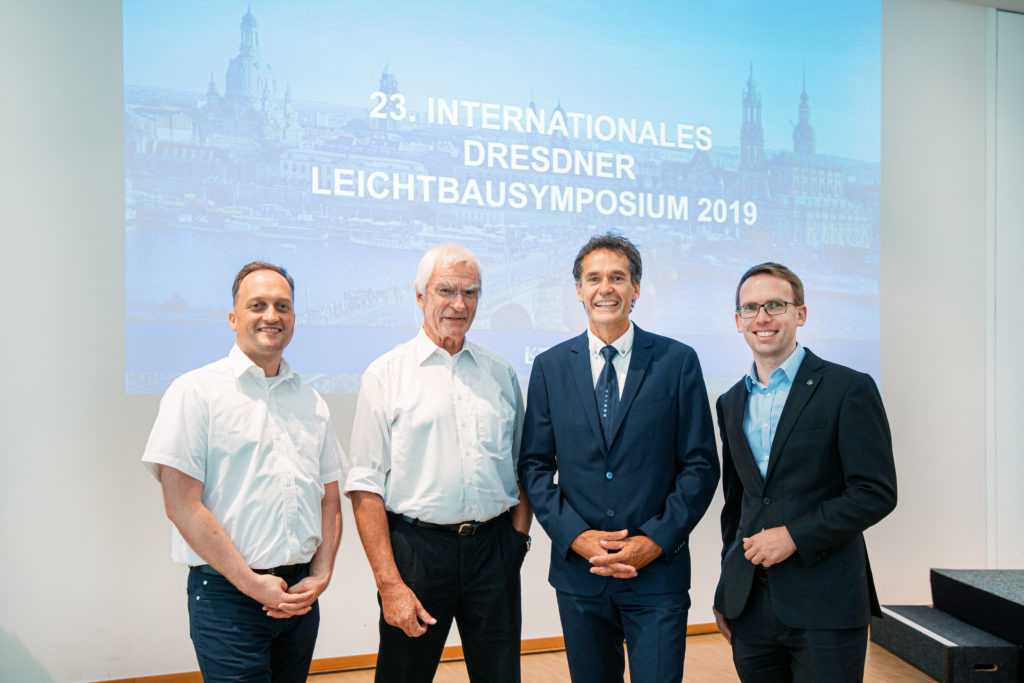In July 2019, the network ThiM (Technologieplattform hybride innovative Material-Schaumsysteme – technology platform hybrid innovative material foam systems) was founded by five industrial partners from the fields of tool-making, plant engineering and material production as well as two research institutes. These include: KraussMaffei Technology GmbH, Kurtz GmbH, Kaneka Belgium NV, T. Michel Formen GmbH & Co. KG, Werkzeugbau Siegfried Hofmann GmbH, Neue Materialien Bayreuth GmbH as well as the Institute of Lightweight Engineering and Polymer Technology (ILK) of the Technical University of Dresden.

The objective of the network is to develop and combine new plastics processing technologies and foam systems, to build innovative moulds and plants, to make processes more economical, and to generate new applications. The activities focus on particle foams made of thermoplastics such as EPS, EPP, EPE or E-TPU with typical densities of 15 – 250 kg/m3. ThiM is currently concentrating on the development of components for customers in the automotive, transport, medical, and packaging industries. The network is an open platform. First of all, it picks up ideas and technical challenges from the market. In addition, ThiM can also be approached with suggestions, said the partners.
„We want to bridge the gap between particle foaming, reaction technology, injection moulding, and other plastics processing technologies,“ said Mathias Lindemann, ThiM Managing Director and coordinator of the network’s activities. „By combining various foam systems with previously separate processes, we are developing tailor-made components and assemblies whose surfaces are scratch-resistant, UV and chemically resistant – depending on the requirements – and whose structures can withstand mechanical stress and absorb energy in the event of a crash. We want to show that lightweight construction with foam systems through functional integration, for example with sensors or actuators, still has enormous untapped potential.“
